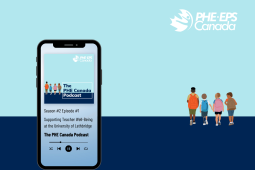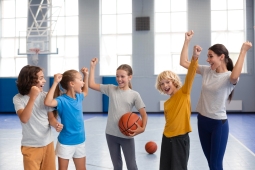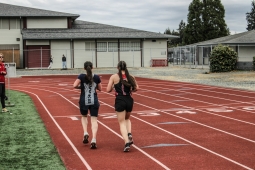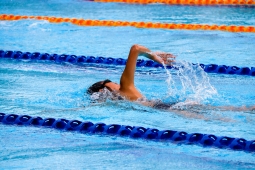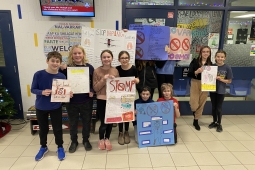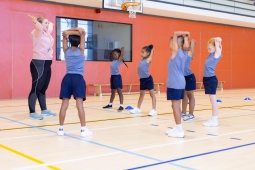Hockey Success and Birthdate: The Relative Age Effect
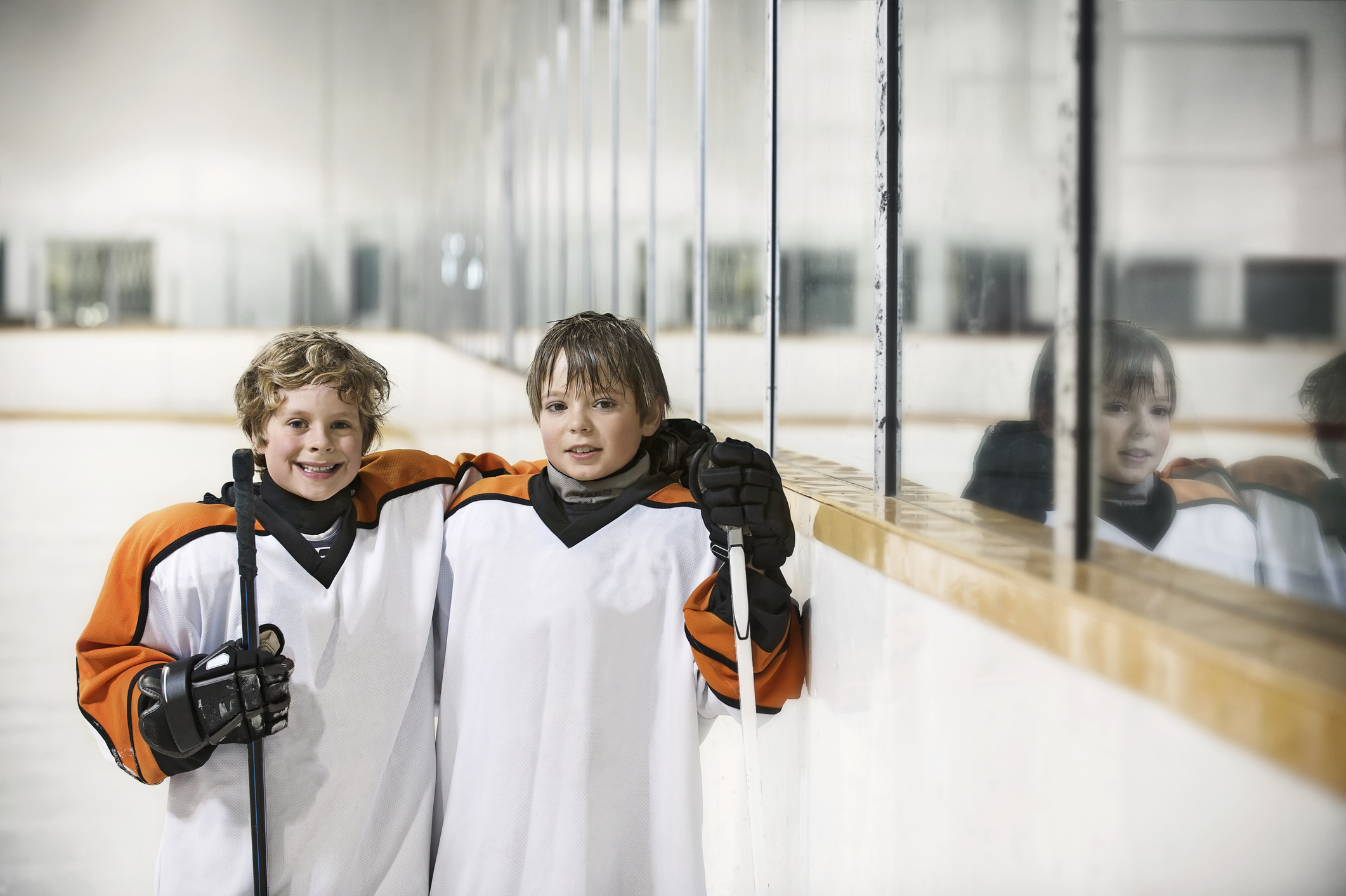
Since the publication of the original article, an anniversary article of the Relative Age Effect has now been published.
Previously published in Volume 51, Issue 8
Abstract
Hockey players from the National Hockey League (N.H.L.), the Western Hockey League (W.H.L.), and Ontario Hockey League (O.H.L.) were categorized according to their month of birth. The results revealed an extremely strong linear relationship between the month of birth (from January to December) and the proportion of players in the leagues studied. That is, the number of players on the rosters with January birthdates was the highest, followed by a steady decline throughout remainder of the year. These observations are interpreted as another example of the "relative age effect". The results are considered in light of the view that a number of potentially talented hockey players are not achieving the level of performance that would accurately reflect their ability.





